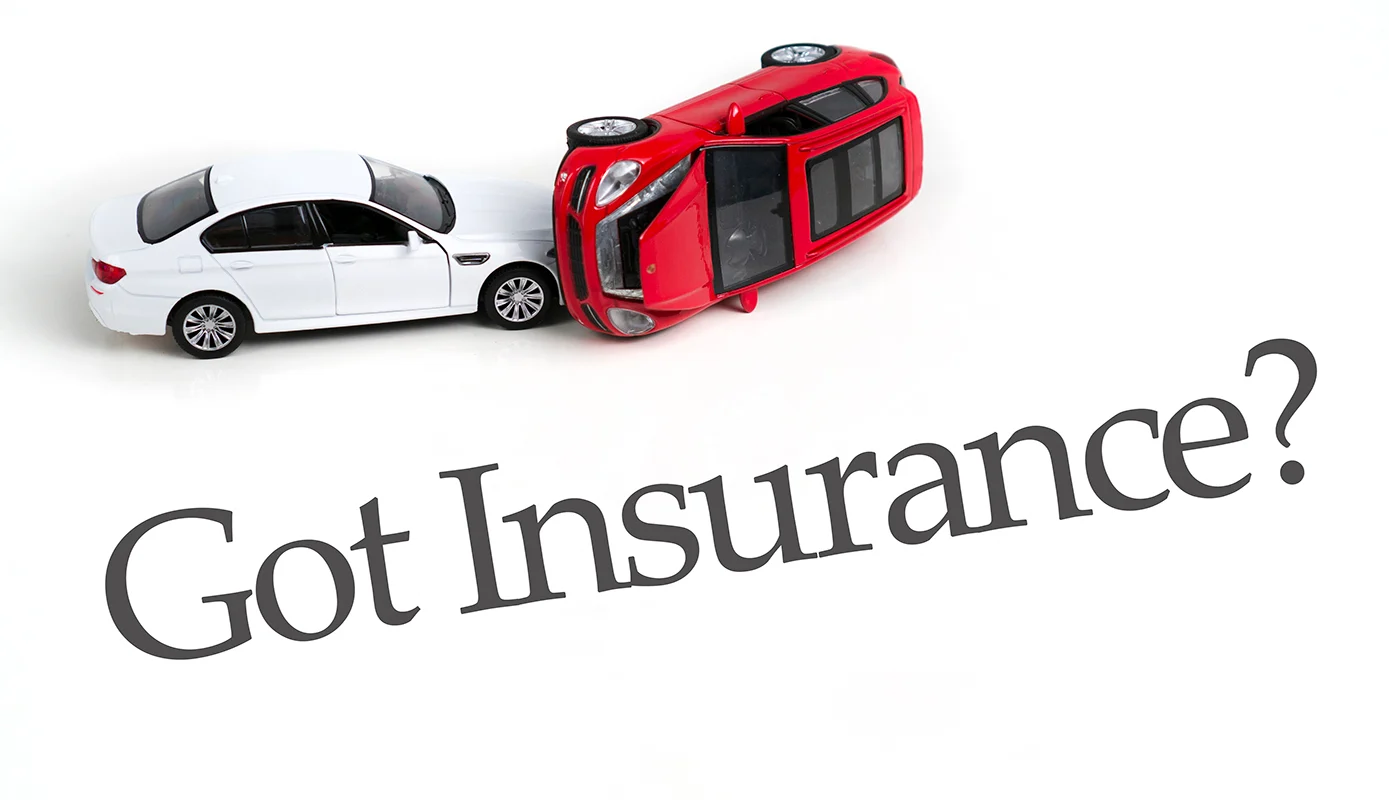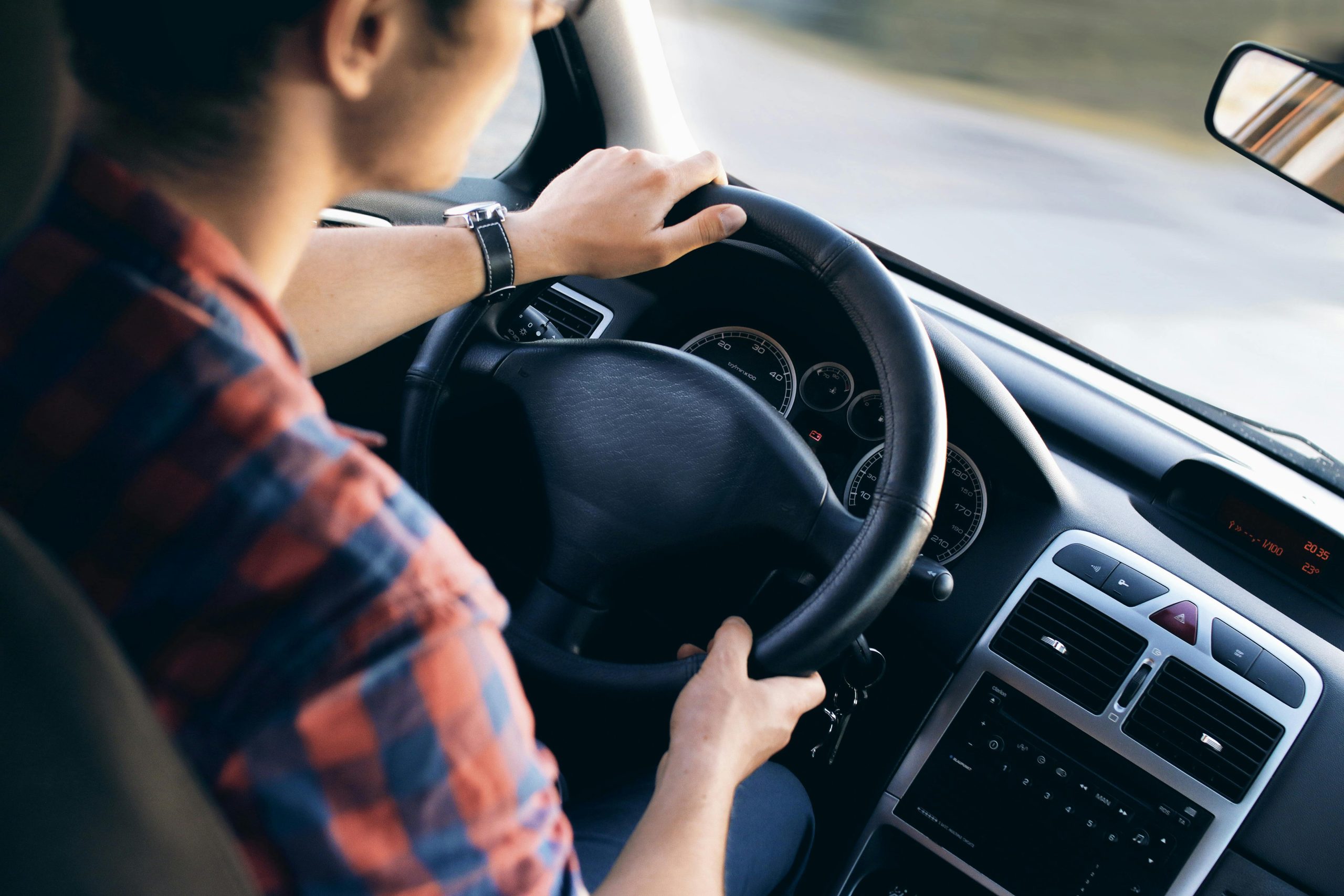Understanding the different types of coverage in auto insurance is crucial for making informed decisions when selecting a policy. Auto insurance provides financial protection against various risks associated with driving, including accidents, theft, and natural disasters. Here, we’ll delve into the different types of coverage available, their benefits, and how they can help protect you and your vehicle.
Liability Coverage
Liability coverage is mandatory in most states and pays for damages or injuries you cause to other people or property in an accident. It consists of two parts: bodily injury liability and property damage liability. Bodily injury liability covers medical expenses, lost wages, and pain and suffering for the other party, while property damage liability covers damages to their vehicle or property.
Collision Coverage
Collision coverage pays for damages to your vehicle if you’re involved in an accident, regardless of fault. This coverage helps cover the cost of repairs or replacement if your vehicle is damaged or totaled. Collision coverage often comes with a deductible, which is the amount you pay out-of-pocket before insurance kicks in.
Comprehensive Coverage
Comprehensive coverage pays for damages to your vehicle not caused by a collision, such as:
– Theft
– Vandalism
– Fire
– Natural disasters (e.g., floods, hail, or earthquakes)
– Falling objects (e.g., trees or rocks)
Comprehensive coverage also typically comes with a deductible.
Personal Injury Protection (PIP)
Personal injury protection (PIP) coverage pays for medical expenses for you and your passengers, regardless of fault. PIP coverage may also cover lost wages, childcare expenses, and funeral expenses. This coverage is mandatory in some states.
Uninsured/Underinsured Motorist Coverage
Uninsured/underinsured motorist coverage protects you if you’re involved in an accident with someone who doesn’t have insurance or doesn’t have enough insurance to cover damages. This coverage pays for medical expenses, lost wages, and other related costs.
Rental Car Coverage
Rental car coverage pays for the cost of a rental car if your vehicle is being repaired or replaced due to a covered claim.
Gap Insurance
Gap insurance covers the difference between your vehicle’s actual cash value and the amount you owe on a loan or lease if your vehicle is totaled.
Roadside Assistance
Roadside assistance provides help with common roadside issues like towing, battery jump-starts, and fuel delivery.
Glass Repair Coverage
Glass repair coverage pays for windshield repairs or replacement without requiring a deductible.
New Car Replacement Coverage
New car replacement coverage replaces your vehicle with a new one of the same make and model if it’s totaled within a certain time frame (usually 1-2 years).
Custom Equipment Coverage
Custom equipment coverage pays for damages or losses to custom or aftermarket equipment installed in your vehicle.
In conclusion, understanding the different types of coverage in auto insurance can help you make informed decisions when selecting a policy. By knowing what each type of coverage offers, you can tailor your policy to suit your needs and budget, ensuring you have adequate protection on the road.















